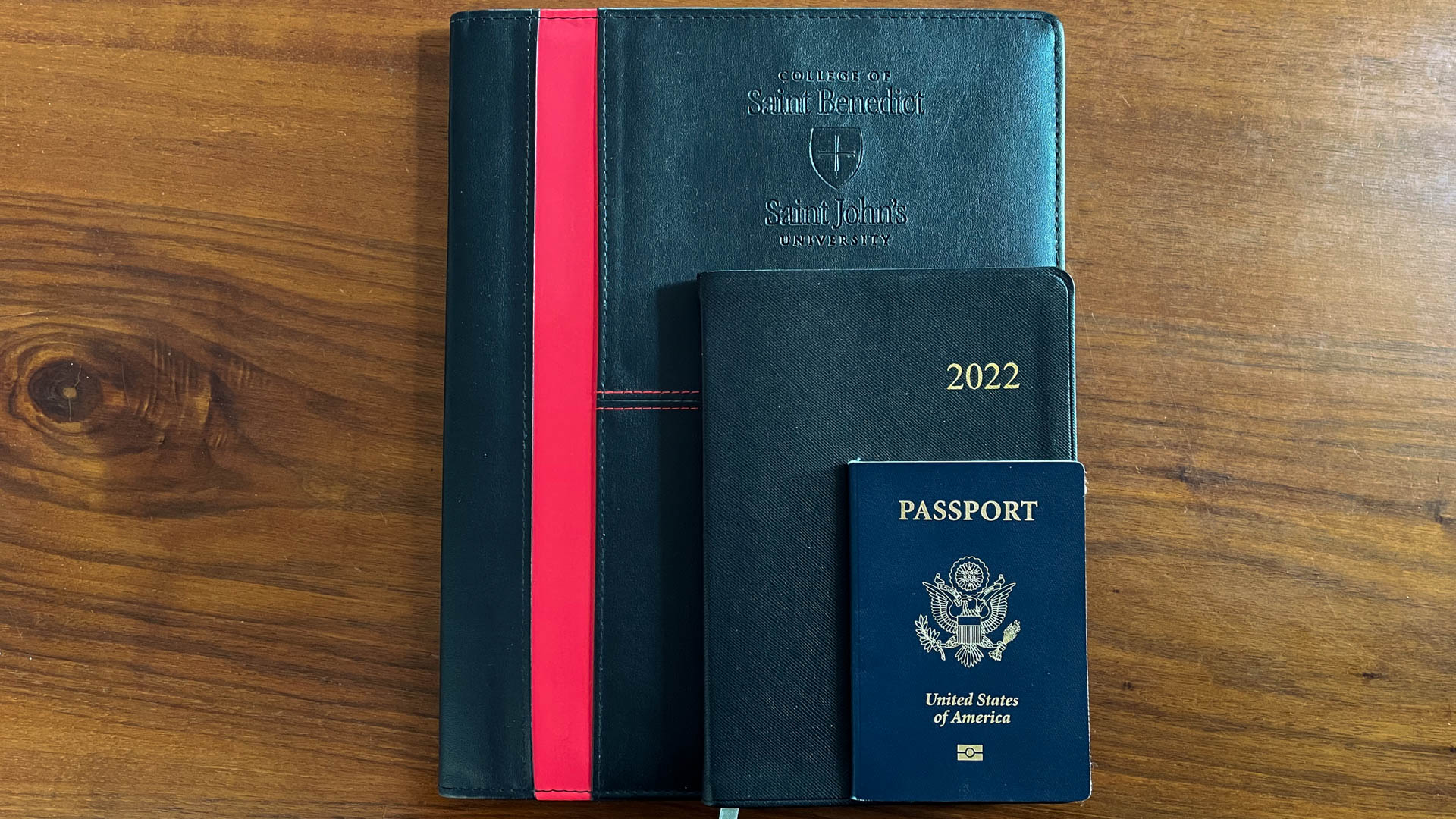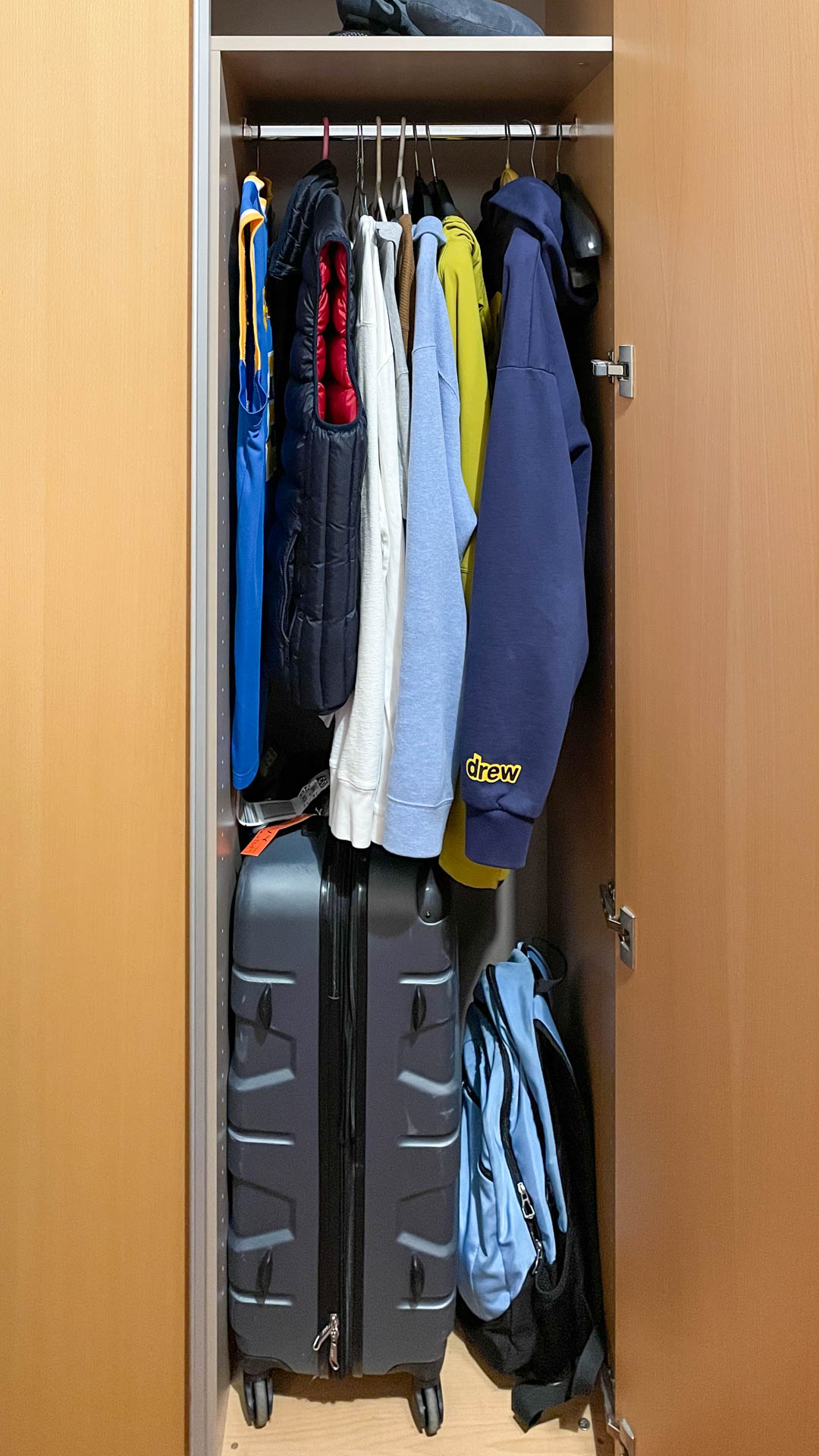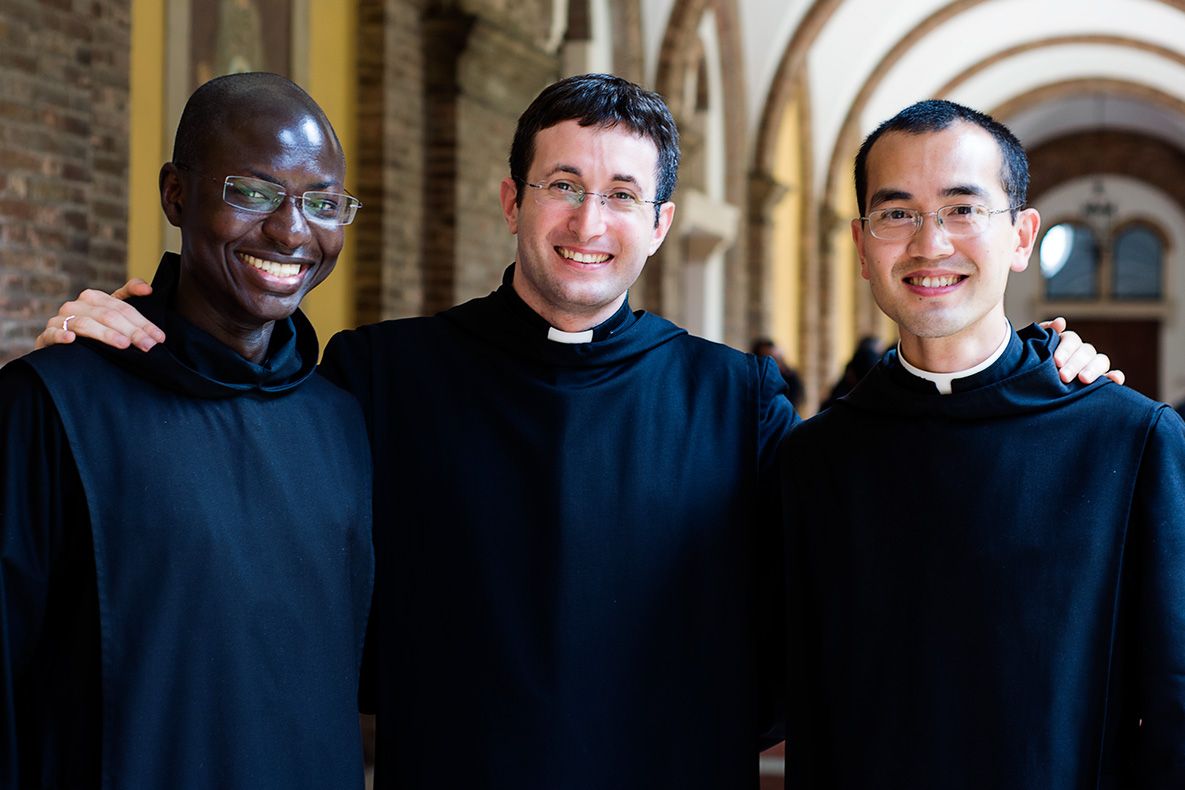
Visa : Start early!
One key recommendation is to start early. The main reason starting early is a good idea is because you want your visa in hand as soon as possible. The entire process from beginning to end can be completed online. Just gather your documents and send them off in the mail. Three to four weeks later you’ll likely have your visa in hand (on one of the pages in your passport).
The Process of Becoming a Volunteer in Italy
— Jake Kutina
The process of becoming a volunteer is a marathon, not a sprint. Applying for a visa, sharing information with your peers, and learning what to pack are all things that you’ll do before departing. It’s not just the tangible items that are important (documents, clothes, books, etc.), but the advice you receive before you leave that will stick with you throughout your service.
The two-week SJUBVC retreat after graduation is a great introduction to monastic life. You learn how to be timely. You learn how to follow along with a weekly schedule. You learn how to work with others. You learn how to pray, work, and eat as a community. You learn how to be reflective. These are the intangibles that give you an idea of the structure of your life as a volunteer. Along with the practices you learn, you get an opportunity to grow and develop relationships with your volunteer brothers.
The visa you’ll be applying for is a Type D study visa. This is needed because the short-term visa is valid for up to 90 days. Your best friend during the process will be the consulate general of Italy in Chicago: https://conschicago.esteri.it/consolato_chicago/en/ It’s a nightmare to try to contact the office via phone, so refer to the document checklist and past volunteers for help. There is good news when it comes to this, however: The entire process from beginning to end can be completed online. You don’t have to make the 7+ hour drive to Chicago. You don’t have to wait in any lines. Just gather your documents and send them off in the mail. Again, just follow the checklist on the website, send it via mail, and 3-4 weeks later you’ll likely have your visa in hand (on one of the pages in your passport).

Packing tips
I would advise you to pack as light as possible. Neutral-colored clothes are the way to go. Pack a dark pair of shoes for prayer and service. Sandals and dark socks also do the trick. Bring shoes you’re willing to leave behind after your service is over. You will need a winter coat and some long-sleeved shirts. It rains a lot in the autumn/winter months so make sure you pack accordingly.
One key recommendation is to start early. The main reason starting early is a good idea is because you want your visa in hand as soon as possible. An integral part of the criteria to obtain a visa is a confirmed flight. Set a reasonable date for your departure that gives you enough time for the visa to process and be sent back. The last thing you want is your departure date to be nearing without a visa in hand. Do give yourself as much time as possible. Do be ready for a roadblock along the way. But no worries, Br. Paul and his assistant, Mike Reilly, are a great help during this process.
Another thing to keep in mind is to make a copy of everything. Everything. Put your documents in a folder. Keep them in a safe spot. When I arrived in Italy, I found out that I did not have a document that I needed to start the permit of stay process. We had to go through a multiple-week process of retrieving another one from the states. When you send your documents to the consulate with the application make sure to write on post-it notes on which letters you need back. You will need the original academic and archdiocese invitation letters back.
I would advise you to pack as light as possible. You’ll be living in another country for a year so the stuff you acquire will outweigh (literally) the stuff you lose. Neutral-colored clothes are the way to go. Pack a dark pair of shoes for prayer and service. Sandals and dark socks also do the trick. Bring shoes you’re willing to leave behind after your service is over. You’ll probably need the extra space for souvenirs, clothes, or any other things you acquire during your stay.
I got tricked when I researched the weather in Rome. I concluded from my research that the average temperature during the true winter months was 40-45° Fahrenheit. This sounds warm compared to Minnesota. Little did I know the cold here in Italy is completely different. It’s a humid cold. It feels different than the dry cold we have in Minnesota. Although it may say 45°F on your weather app, it will feel a lot colder than 45°F. You won’t need to bundle up as you would for below 0° temperatures in the land of 10,000 lakes, but you will need a winter coat and some long-sleeved shirts. It rains a lot in the autumn/winter months so make sure you pack accordingly.

